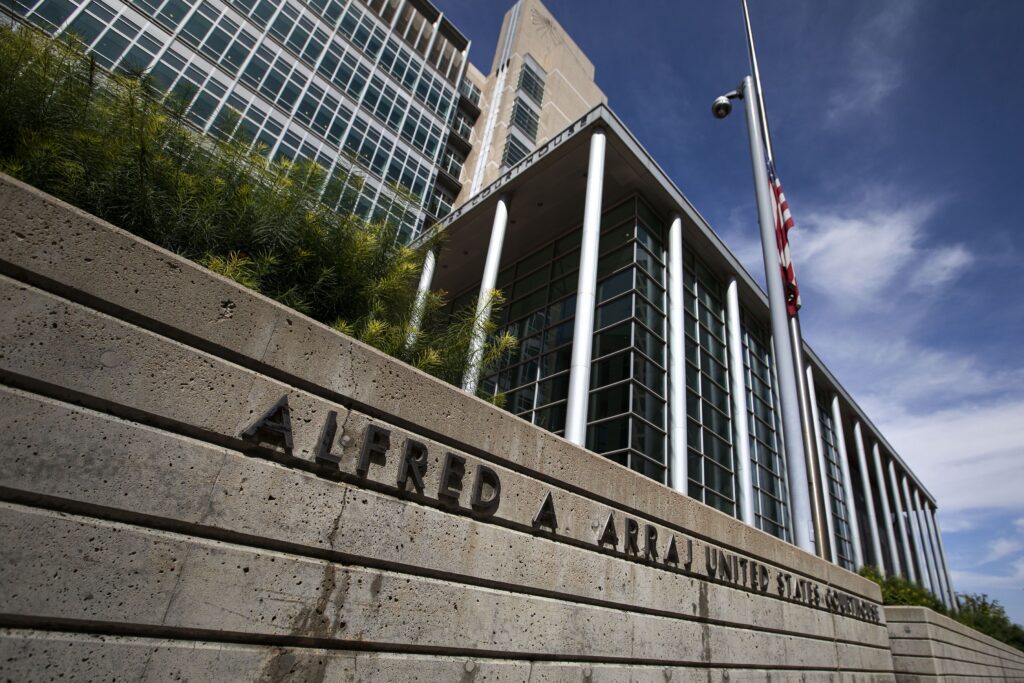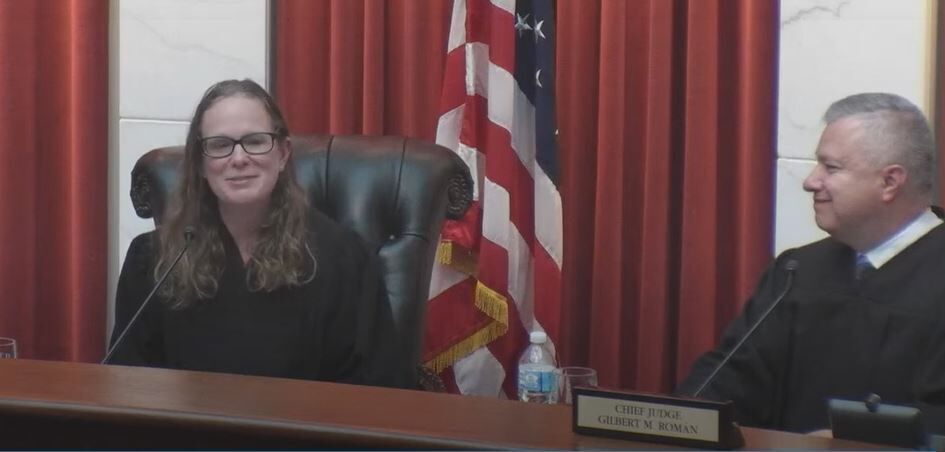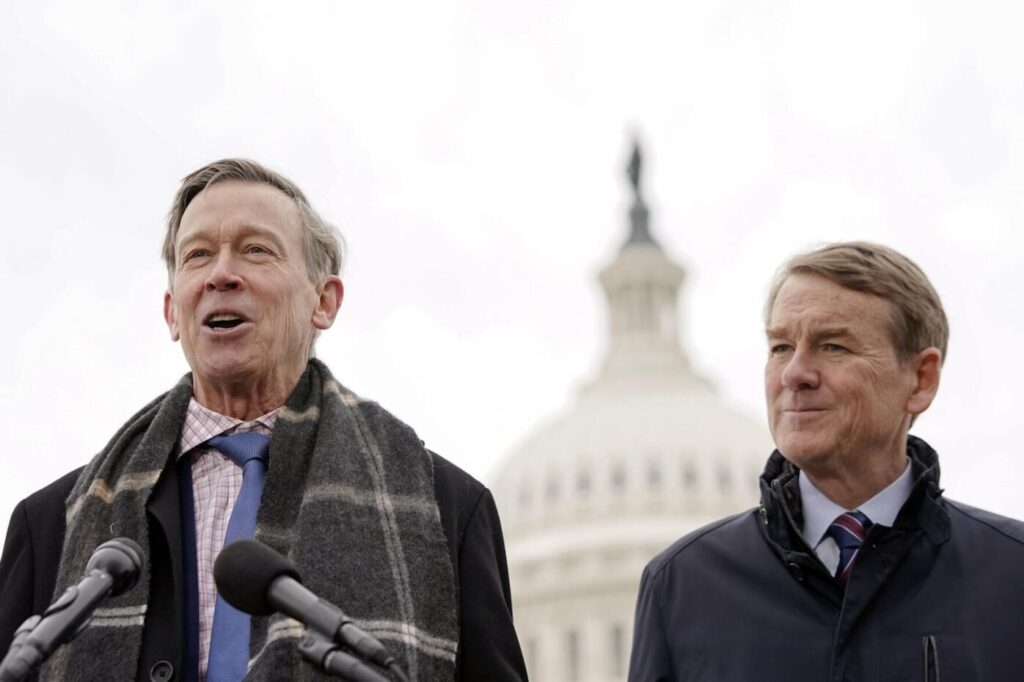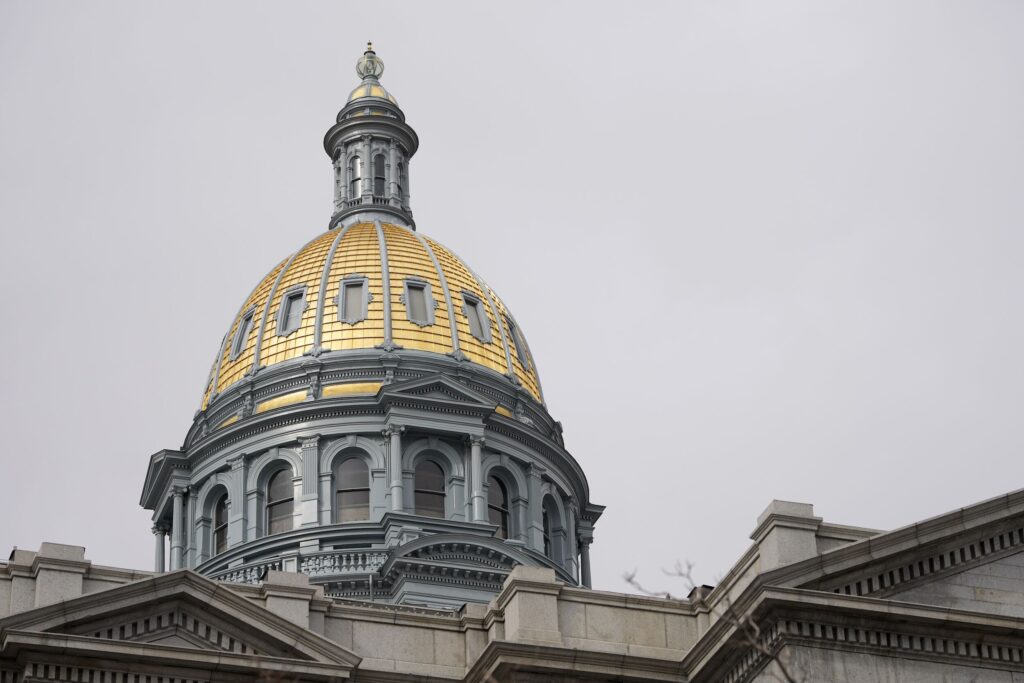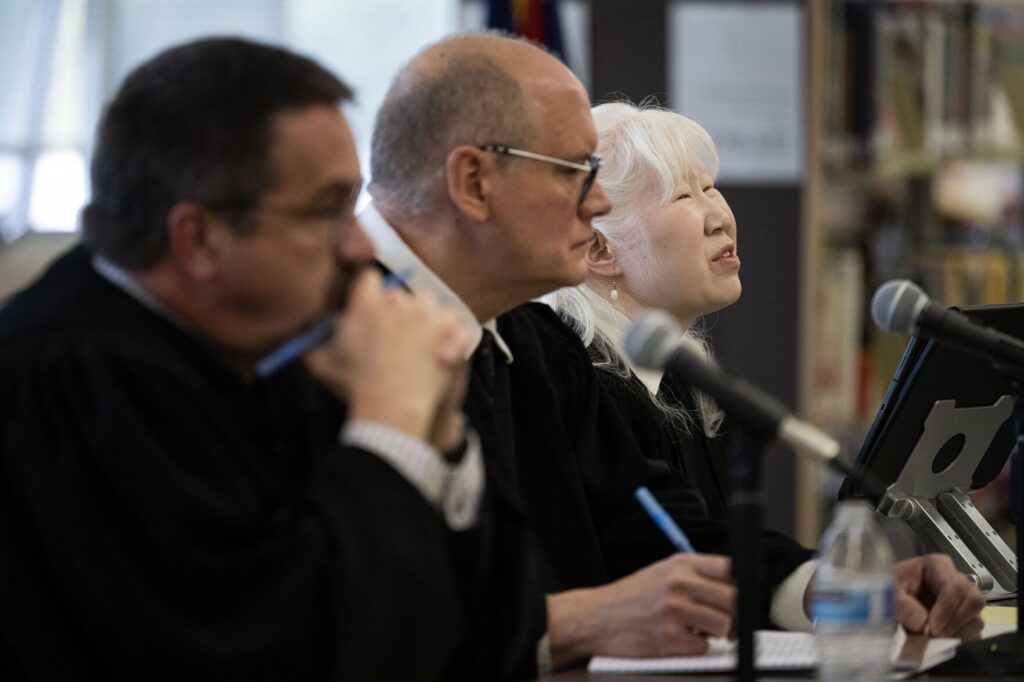U.S. Supreme Court gerrymandering cases could influence Colorado
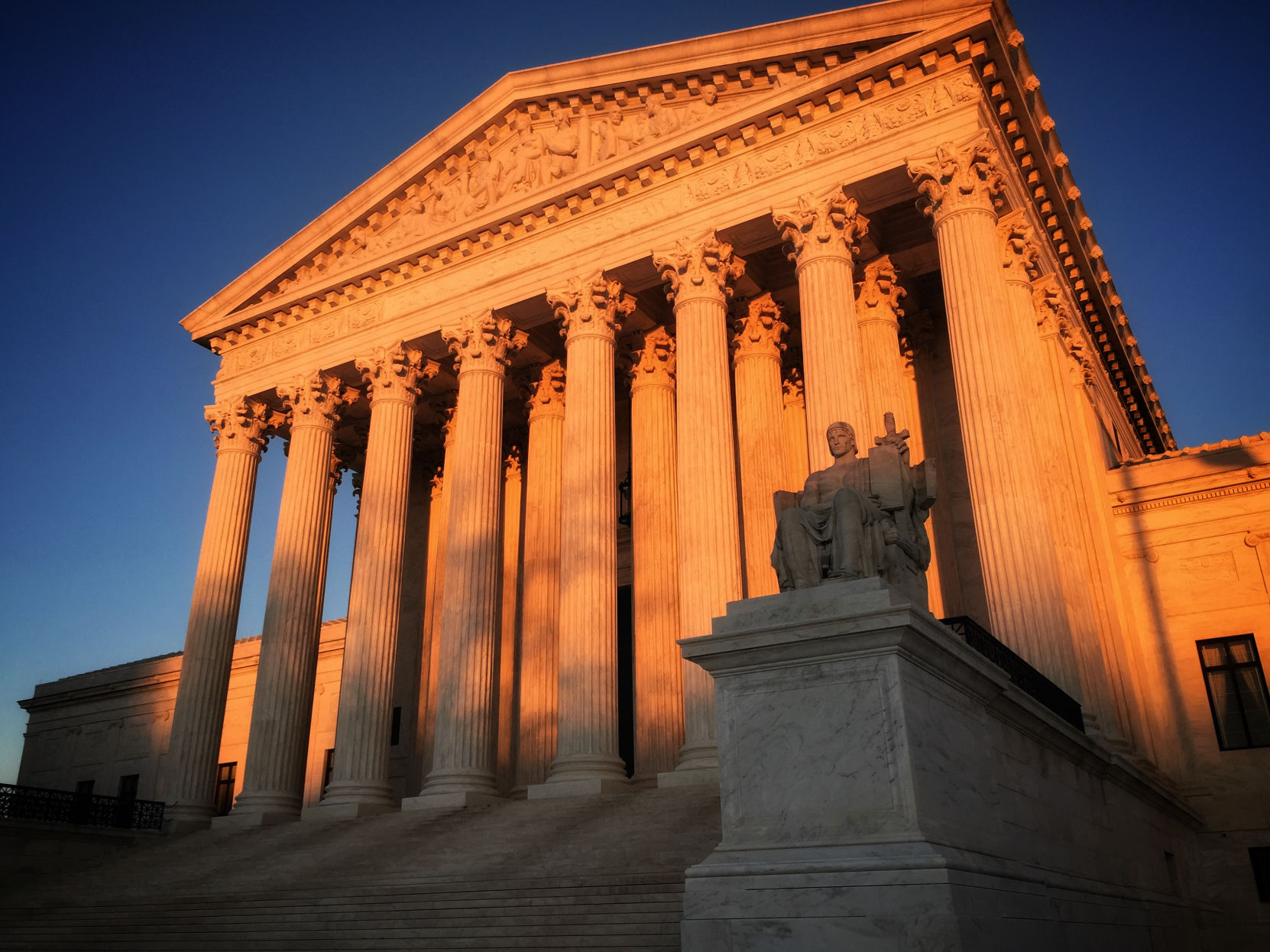
WASHINGTON, D.C. – Cases pending before the U.S. Supreme Court could have an impact on a potential Colorado vote on gerrymandering.
Supporters of a change in Colorado’s redistricting law want to get the issue on the upcoming ballot in November.
On March 28, the Supreme Court heard arguments in the case of Benisek v. Lamone concerning how much control state officials in Maryland should have over their right to redraw voting districts.
Republicans said Democrats gerrymandered a district long held by a Maryland Republican congressman, using the traditional term for drawing district boundaries to benefit one group over another.
After the lines were redrawn, a Democrat won the next election and two more afterward. The Republicans sued, calling the redistricting unconstitutional.
“The evidence is unequivocal,” attorney Michael Kimberly, representing a resident of the affected area, told the justices. “It’s deliberately making it more difficult for particular citizens to achieve electoral success because their views are disapproved by those in power.”
The Supreme Court is trying to decide whether states should be required to follow certain guidelines on redistricting, rather than leaving the decision to state lawmakers.
Benisek v. Lamone is one of a string of cases concerning redistricting that the high court has involved itself in recently.
Other redistricting cases are pending in various courts that involve Alabama, Georgia, Michigan and Virginia.
Colorado Gov. John Hickenlooper acknowledged the gerrymandering problem during an interview this week when he said, “I think it’s a risk always.”
If the state’s political parties could agree on a bipartisan way to resolve the dilemma, he said, “That’s great.” However, he had no proposals to offer.
Ironically, during oral arguments at the Supreme Court in Benisek v. Lamone, four liberal justices sided primarily with Republicans who want to void the Maryland redistricting.
Justice Stephen Breyer said a map of Maryland’s redistricting after the 2010 census “seems like a pretty clear violation of the Constitution – in some form.”
He suggested the Supreme Court take action to resolve what he called “extreme gerrymandering.”
The Supreme Court’s fence-sitters, who are most likely to decide the outcome of the case, were Chief Justice John Roberts and Justice Anthony Kennedy. They both asked questions during the oral arguments but gave no hint of how they would vote before the court’s judgment is issued later this spring.
Thirty-seven states – including Colorado – give state lawmakers significant input into how lines are drawn for voting districts.
Under the current system, state legislatures redraw their voting districts after each 10-year federal census. They are supposed to strictly follow changes in population numbers.
However, the lawmakers often are accused of abusing their discretion by allowing the party that holds a majority in the legislature to redraw districts in a way that favors their own candidates.
Like Maryland, minority party members and some citizens’ groups accuse Colorado lawmakers of gerrymandering.
This month, two Colorado advocacy groups joined efforts in a plea for a measure on the next ballot that would let voters decide district boundaries. The non-partisan commissions they seek in their proposal would be required to closely follow federal voting laws.
The groups, Fair Districts Colorado and People Not Politicians, say a new law would result in more middle-of-the-road elected officials and less partisan bickering in the General Assembly.
Seth Masket, director of the Center on American Politics at the University of Denver, said giving voters more power over Colorado’s redistricting laws leaves many questions unresolved.
“Whether they’d draw districts in a way that’s substantially different from those drawn in the past remains to be seen,” Masket said. “The experience of other states suggests that such districts wouldn’t be radically different from current ones.”
Nevertheless, he said the Supreme Court has hinted recently that now might be the time for change.
“The court has traditionally granted a good deal of deference to states in drawing legislative districts for explicitly partisan purposes,” Masket said. “But on this and other recent redistricting cases, justices have indicated a growing unease with highly partisan redistricting plans. There seems to be a point at which justices think that a given map is just too partisan, although that point remains ill-defined.”




